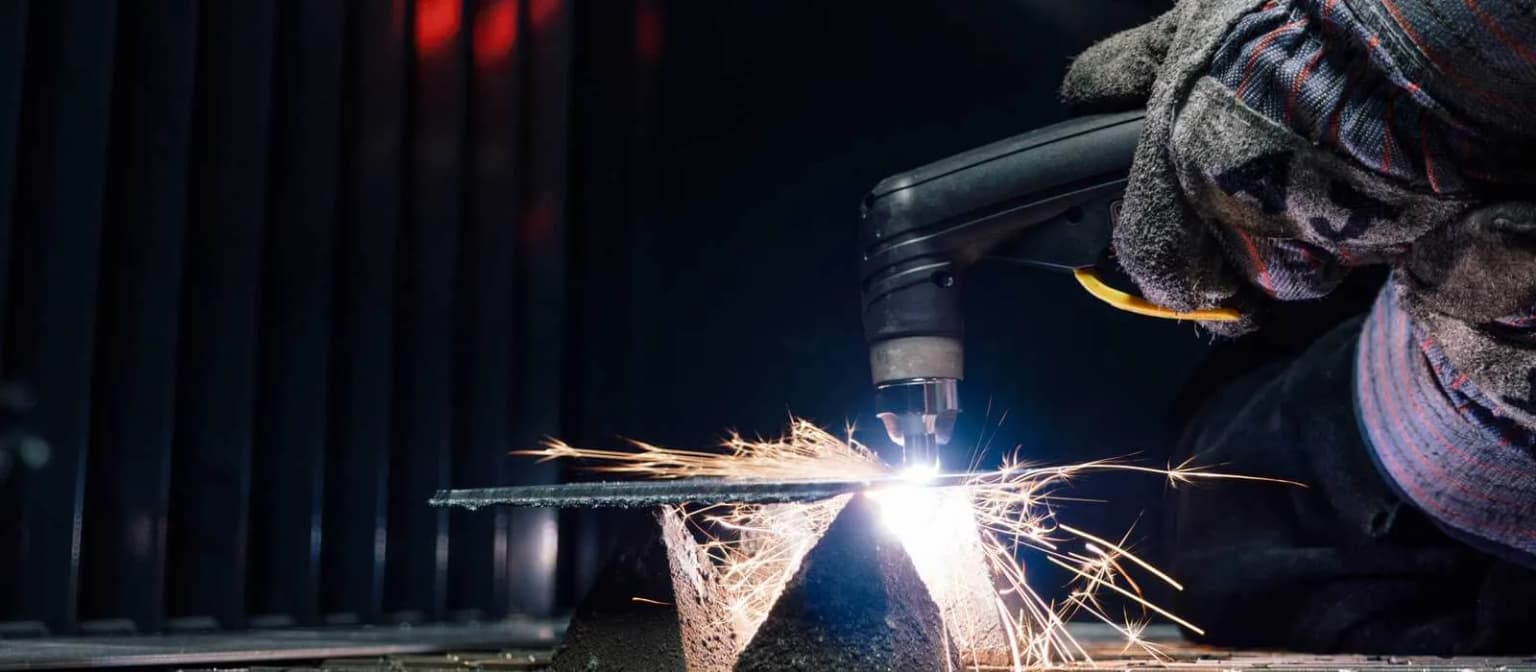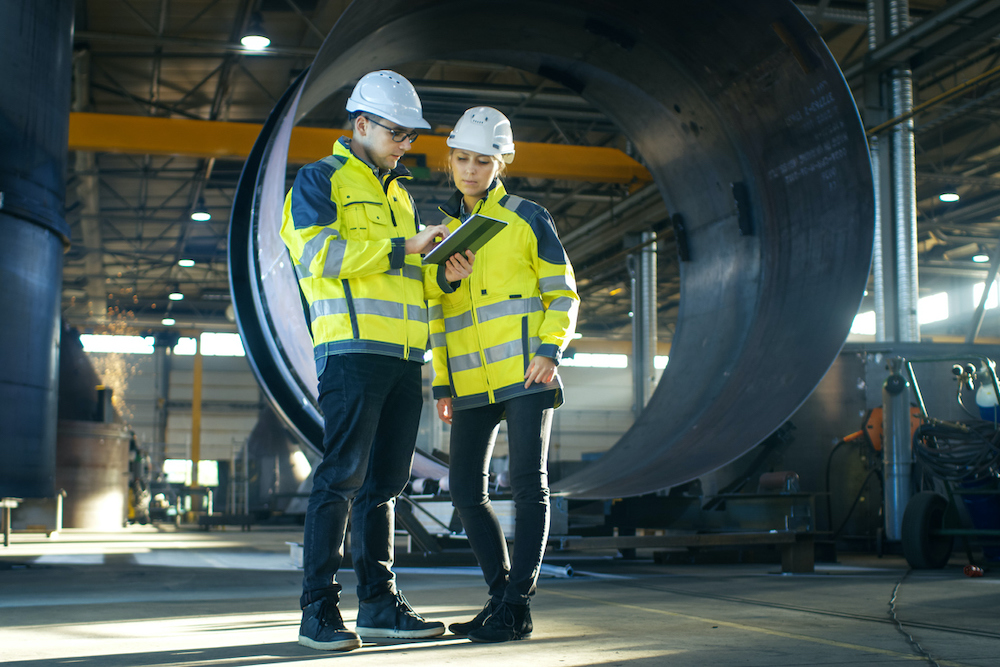The Facts About Aws Cwi Revealed
The Facts About Aws Cwi Revealed
Blog Article
The Best Guide To Aws Cwi
Table of Contents7 Simple Techniques For Aws CwiThe Only Guide for Aws CwiThings about Aws CwiThe 9-Minute Rule for Aws CwiSome Known Details About Aws Cwi The 8-Minute Rule for Aws CwiThe Ultimate Guide To Aws Cwi
Welding examination is a vital job. Any business that does any kind of sort of welding requires welding quality control examiners to make certain that the work is done right which bonded structured are risk-free. Certified Welding Inspection. The job duties of a welding assessor can provide fantastic selection while the gaining capacity may enhance significantly with experience.
If you have a metalwork business, understanding just how welding functions and why welding inspections are important is crucial. Welding inspections are required to make certain criteria are fulfilled and dangers comprehended.
What are these techniques, and which welding assessment methods are the most extensively utilized and trustworthy? Let's have a look. A welding examiner can evaluate the weld and its features without creating damage using non-destructive screening (NDT) techniques. In the UK, there are 5 normal NDT evaluation techniques for welding.

Some Known Details About Aws Cwi
This type of welding inspectionexamination is cost-effective and can be executed while service a framework or material is being finished. Welding evaluation companies will frequently start with an aesthetic evaluation to validate there are no noticeable imperfections. Nonetheless, visual welding checks, are limited since only surface mistakes may be recognized.

In addition, this kind of assessment will not work with all surfaces, such as those with a thick coat of paint. Surface splits that can not be seen with the human eye are located via liquid penetrant evaluation or PT. This technique is often utilized to discover leakages created by welding mistakes. PT can be made use of to evaluate magnetic and nonmagnetic products, as opposed to Magnetic Fragment Inspection.
And also, PT can discover problems in materials with complex frameworks. Liquid Penetrant Evaluation has restrictions though. This is because of the fact that only superficial defects can be found. Additionally, proper pre and post-inspection cleansing is required for this welding examination. Both inner and outside faults can be found with ultrasonic screening, frequently referred to as UT weld examination.
Fascination About Aws Cwi
Examinations are carried out by qualified welding inspectors using a selection of instruments and methods. These assessments give information regarding the dimension and quality of the weld.
These files include Welding Treatment Specifications (WPS), welder credentials, test records, job specs, and applicable welding codes. A great CWI recognizes and understands the requirements and code. Then, he or she sees to it that the WPS and welder certifications adapt those demands. Before welding, CWIs inspect both base metals and filler metals, noting that they adhere to the WPS and job specs.
During construction, CWIs examine a selection of items to guarantee that the WPS and task specs are being properly followed. These items consist of interpass temperature levels, appropriate fusion, cleaning, traveling speed, and weld deposit dimension. Evaluation throughout welding is sometimes ignored, but it is a critical component of guaranteeing weld high quality.
About Aws Cwi
After a weld is completed, a CWI will inspect it carefully, inspecting and determining any gaps such as porosity, undercut, splits, incomplete fusion, or inadequate profile. The size of the weld is also measured for uniformity to the job specs. If any one of the interruptions do not abide by task needs, they are taken into consideration defects and must be repaired.
AWS calls for an eye examination and a combination of education and learning and job experience. According to PayScale, a typical welder can anticipate to make $30,000 to $40,000 a year.

The Best Strategy To Use For Aws Cwi
CWIs have excellent work possibilities and high pay since they should be educated about every component of the welding process in order to check weld quality and take obligation for each task. He or she must be able to clearly recognize each person's duty in the project and precisely report the standing and quality of the project to stakeholders.
CWIs need to have thick skin and the capacity to talk freely with stakeholders, also when they need to connect something they don't want to listen to. If a CWI exists concerning problems since she or he desires to please the employer, the safety of the general public is placed at risk.
Welding inspectors supply top quality assurance by monitoring the entire welding process. They utilize a selection of tools to inspect welds. They are evaluated for qualification by AWS to ensure skill and knowledge and they are awarded with greater wages for their job. If you want to find out more about welding examination, review our articles on important topics about the industry consisting of the CWI examination and exactly how to end up being a CWI.
The Main Principles Of Aws Cwi
The primary objectives of weld assessment and top quality control are stopping welding flaws by taking restorative actions early on in the manufacturing phase, and making certain the quality of completion product. A timely evaluation can stop a whole batch of negative welds resulting from bad joint cleanliness or fit-up.
Validating the base metal and welding consumables compliance with the relevant specifications. Making sure that the joint layout and weld prep work is certified with the WPS and relevant welding standards (ASME, AWS, API).

In some cases, pre-welding evaluation may locate abnormalities that are within code restrictions however could posture a concern at a later stage in production. That's why it's essential for the welding assessor to be aware of the entire manufacturing procedure and to be experienced with the welded tools. Assessment during the welding procedure is necessary for identifying the weld problems and preventing an incorrect welding strategy from triggering huge weld rejections throughout the entire task.
Some Known Details About Aws Cwi
Another example would be not examining for too much distortion, which would lead to weld denial and costly rework if done on costly tools like warmth exchangers, distillation columns, and see this here central heating boilers. Several of the conventional top quality control checks during welding are: Verification of pre-heat and interpass temperature levels and guaranteeing that they are within restrictions defined in the WPS.
Confirm the protecting gas and change are as advised in the WPS. Reviewing sequencing procedures for distortion control. Tack weld high quality examination. Confirming a correct fit-up prior to welding. Checking the origin pass and succeeding weld passes. Inspecting the origin problem prior to welding the opposite side. Guaranteeing that slag, silica, and various other impurities are gotten rid of in between passes.
Report this page